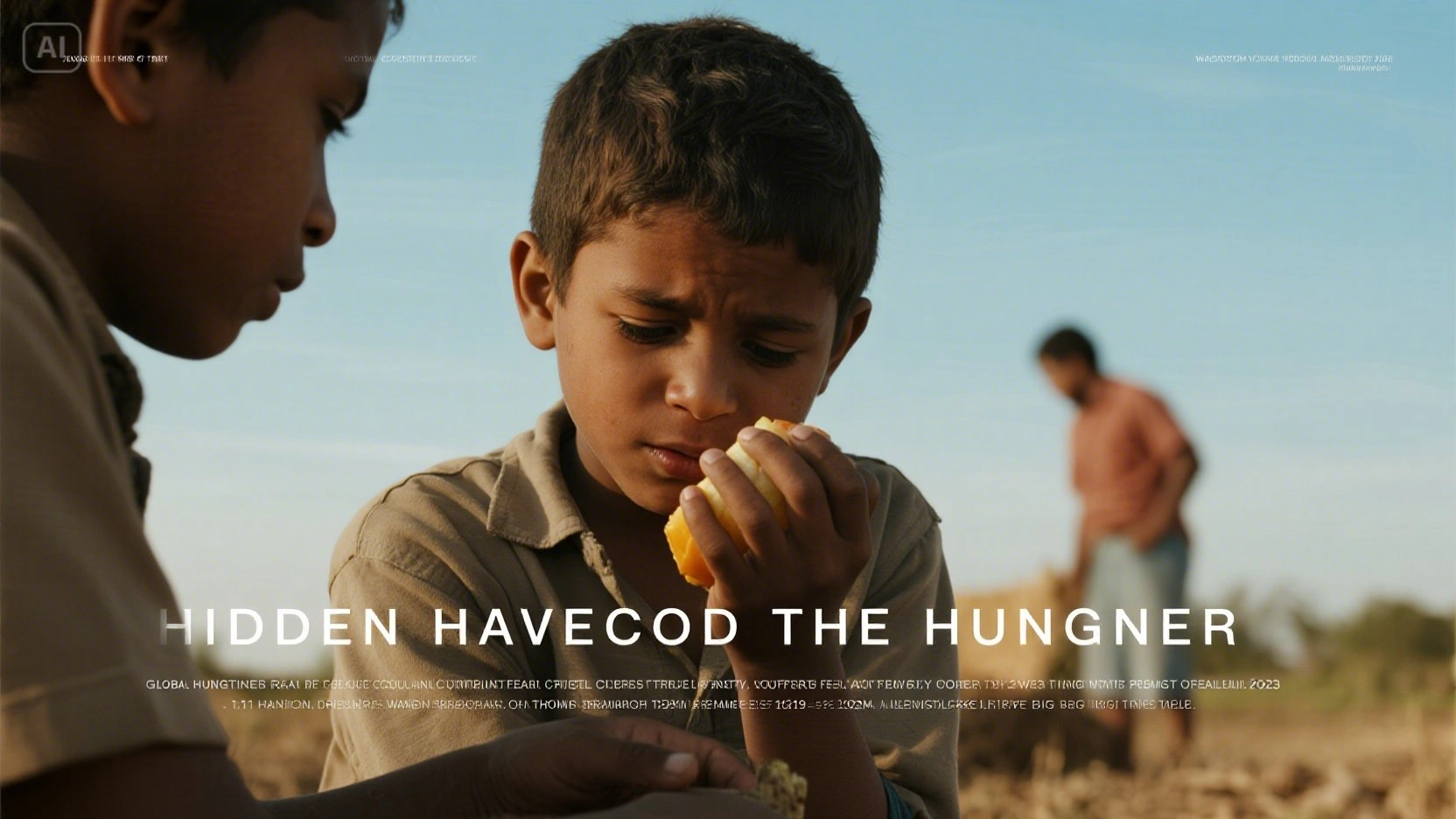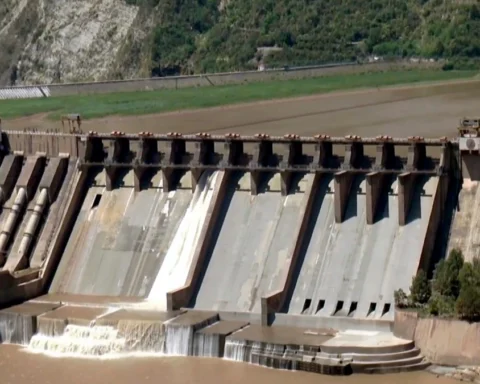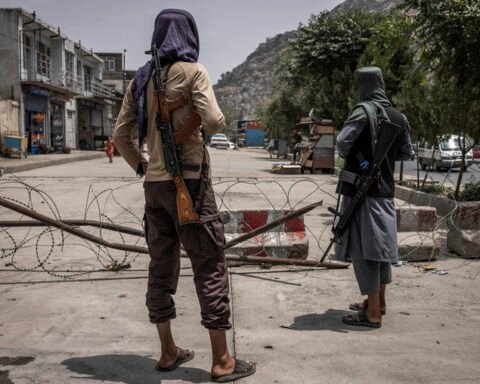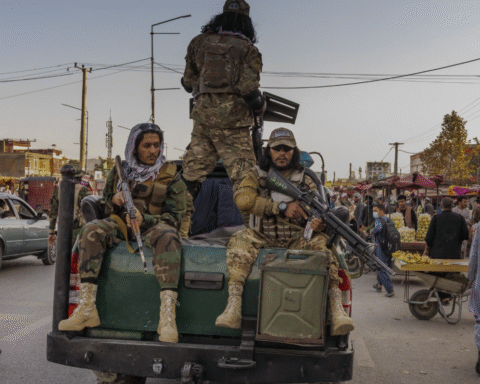Unmasking the World Crisis
Global hunger remains one of the most complex and pressing crises of our time. Despite enough production of food globally to feed everyone, approximately 733 million people, 1 of 11 went hungry in 2023 worsening through 2024 to 2025. This number represents an increase of 152 million people since 2019, proving a sharp rise in food inadequacy. This is a big setback in the global fight against hunger. The acuteness of this crisis is mainly noticed in Africa, where 1 in 5 people face hunger.
An overlooked dimension of this crisis is “Hidden Hunger”
This is a form of malnutrition in which there are huge deficiencies of useful vitamins and minerals but enough calories to survive. This widespread inability to access nutritious food is a silent crisis. It does not always look like starvation, but it has long lasting effects on health, education, productivity and economic development. Almost 2.8 billion people are unable to afford the healthy diet which is 35 % of the global population. This burden is significantly higher in lower income countries or third world countries. Here in these countries staggering 71.5% cannot access food with nutrition. Whereas, in high income countries, this rate is 6.3%. This difference in access to both type of countries needs to be balanced on an urgent basis. It needs affordable and accessible healthy food systems, and support for local food production.
Impact on Food Prices and Poverty:
All those dynamics which are driving global hunger are complex and multifaceted. Food prices and poverty are very critical factors. 1% increase in price pushes an estimated 19 million people additional people into extreme poverty. This is clearly showing the fragility of vulnerable population to market fluctuations. This underlines the need for stronger social safety nets, better agricultural policies and international cooperation to make food system more resilient and sustainable for human needs.
Conflict and Climate Drivers:
Concurrently conflicts and climate changes exacerbate food insecurity worldwide. Armed conflicts all over the countries of the world like Gaza, South Sudan, Haiti have been going through dramatic food crisis. These conflicts affect the farms, markets, and supply chains making it too difficult for the people to access food or to afford it. Climate change is making things worse by causing more frequent floods, droughts and heat waves. These events damage the crops and reduce food production. For the first time in 2020, famine has affected the areas of Sudan significantly at a higher level.
Severe Acute Hunger:
In 2024, over 295 million people across 53 countries faced severe food insecurity, tripling to 2016 and doubling to 2020. Even more alarming is the rise in the number of people in IPC phase 5 which is classified as catastrophic hunger or famine condition. This catastrophic hunger threatens regions suffering from conflicts and displacement most acutely.
Conflict and Climate Drivers:
Children also suffer an especially severe impact. Under nutrition contributes to nearly half of all global child fatalities. This also brought severe problems like stunted growth etc. For instance, in Pakistan 32.2% of children under five are suffering from stunted growth, while 19.1 % suffer from wasting.
Moreover, conflict driven factors, including the blockage in Gaza in 2025 have worsened child hunger. This resulted in heartbreaking deaths and humanitarian distress.
Economic and Systematic Costs:
Apart from the toll on human lives, hunger brings huge economic and structural consequences. Breakdowns and flaws in the global food system led to almost 10 dollar trillion in concealed yearly losses. These losses represent more than just reduced productivity and health challenges. They also show the inefficiencies and injustices which weaken global food security.
If the current trajectories continue, severe food insecurity could affect as many 950 million people by 2023. This puts the United Nation’s sustainable development goal 2-Zero Hunger by 2030. This goal is not just about reducing hunger but also ending malnutrition, promoting sustainable agriculture and ensuring food access for all. However, instead of moving forward the world is moving backwards towards this target. Due to overlapping global crises such as natural disasters, floods, droughts, progress has been delayed. Each of these challenges is difficult but combined they create a much more dangerous and widespread food insecurity crisis.
In essence, the global hunger crisis in 2023–2025 reveals a grim reality. Despite all the advances in certain areas, the number of hungry and malnourished people is rising sharply. This rise shows that progress has not reached all parts of the world equally, especially the world’s most vulnerable population. An urgent demand for transformative actions is required at different levels. Addressing this hidden havoc requires not only humanitarian response but systematic changes to make food system sustainable for the future.
Sources
The State of Food Security and Nutrition in the World (SOFI) FAO
Global Hunger Index (GHI) 2023
Global Report on Food Crises (GRFC) World Food Program









Your article serves not only as an informative piece but also as a call to action. It reminds us that solving world hunger is not just about increasing food production but about building fair, sustainable, and inclusive food systems.
Thankyou for shedding light on the Global issue and I truly believe Global hunger is not just a food issue, it’s a justice issue. Inequality and greed keep people starving.”